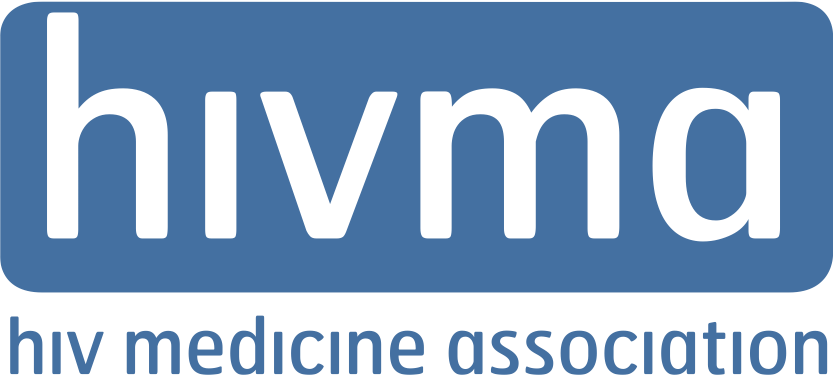How can providers get involved?
Eligible jurisdictions are currently developing local plans. The administration has described the initiative as locally- and community- driven. HIV clinician and researcher involvement will be important to the success of the initiative. Get engaged at the local level by attending a planning meeting, submitting comments, or joining a coalition of organizations led by the public health agency in your area.
How will programs be implemented?
In the first phase, new federal funding will be distributed through Notice of Funding Opportunities by the lead agencies (CDC, HRSA, NIH, IHS) at the state level. States and certain cities will be responsible for funding local health departments and community-based organizations to expand HIV testing, PrEP, treatment and care.
Have steps been taken to jumpstart the initiative?
HHS's PrEP donation program seeks to distribute free PrEP medication to eligible patients as quickly as possible, with availability starting in fall/winter 2019. For more information, refer to HHS's PrEP Donation Program Q&A [PDF].
FY 2019 Minority HIV/AIDS Funding was awarded to jurisdictions to initiate their planning processes. Three jurisdictions (Baltimore City, DeKalb County, and East Baton Rouge) were funded to conduct pilot programs to allow their health departments to move swiftly to implement key parts of the initiative and to inform broader implementation across eligible jurisdictions. NIH also awarded supplemental funding in September 2019 to eligible NIH-funded Centers for AIDS Research (CFAR) programs and NIMH-funded AIDS Research Centers (ARC) programs to support one year pilot and formative studies to prepare for the more extensive implementation science projects anticipated in 2020.
When will full implementation begin?
Implementation has begun, as described above. If funded by Congress, HHS plans to formally launch the initiative across the target jurisdictions in January 2020. The U.S. House of Representatives passed FY 2020 appropriations for the relevant programs in June, but the Senate has yet to act. You can help by urging your senators to support the initiative.
How will progress be tracked?
HHS is developing metrics specifically for the Initiative, setting targets for HIV testing, increasing use of PrEP, and engaging more people with HIV in medical care. NIH is also funding Centers for AIDS Research (CFARs) that serve these jurisdictions to conduct implementation science research in near real time to track progress.
How will workforce issues be addressed?
Bolstering the workforce is critical to the initiative’s success. HHS announced in July 2019 that they are dedicating a team of U.S. Public Health Service Commissioned Corps officers to support regional initiatives based in Atlanta, Dallas, and Los Angeles through the “Prevention through Active Community Engagement” program. HHS also plans to utilize CDC’s Public Health Associate Program (PHAP) to enhance efforts locally.
How can I learn more?
HIV.gov tracks new announcements for funding and programs for the initiative, as well as announcing new listening sessions and informational webinars so the community nationwide can stay informed. You can subscribe here. HIVMA also will share updates with members via member communications and forums including maintaining this web page.

